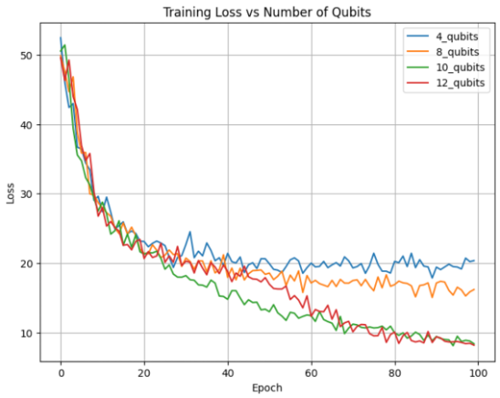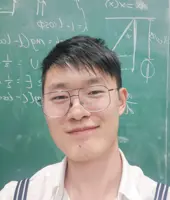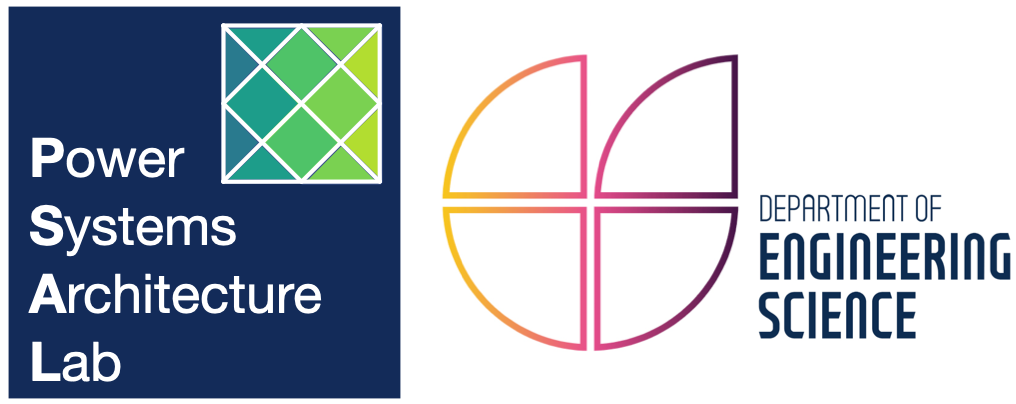The Blaise Pasqal Quantum Challenge
PSAL Members Win Worldwide Quantum Hackathon
Background
On 26 March 2025, Team Control Alt de Ligt triumphed in the prestigious Blaise Pasqal Quantum Challenge, securing the €15,000 prize. The team, primarily composed of Oxford University PSAL members researching quantum computation for energy system modelling, developed an innovative solution leveraging neutral atom quantum computers (QCs) to tackle the Economic Dispatch (ED) problem. Their approach utilised QC both for direct optimisation and for training a Quantum Neural Network (QNN) to solve the problem digitally.
Tackling a Global Challenge
The competition involved 850 participants from 70 countries, tasked with creating QC applications addressing one of the UN’s Sustainable Development Goals (SDGs). The Oxford team focused on SDG 7: Affordable and Clean Energy, demonstrating the feasibility of solving the ED problem with neutral atom QCs. They highlighted the potential for substantial energy savings at scale compared to classical computing methods.
The Economic Dispatch Problem
As power grids integrate more renewable energy and electrification grows, the ED problem—scheduling generators to meet demand at minimum cost—has become increasingly complex. Intermittent renewable energy sources exacerbate the challenge, requiring more sophisticated solutions.
Quantum Solution Methodology

The team reformulated the ED problem as a Quadratic Unconstrained Binary Optimisation (QUBO) model solvable via Pasqal’s neutral atom QC. They also implemented a QNN for predicting ED solutions, benchmarking its performance against a classical Neural Network (NN). This dual approach explored both the immediate and long-term potential of quantum technologies in energy system modelling.
Key Findings and Implications

The study revealed significant advantages of the quantum approach
- Faster solution times and reduced energy consumption compared to classical methods, particularly for large-scale grids.
- Enhanced QNN performance with increasing qubit counts, suggesting further gains as quantum hardware evolves.
For a 10,000-bus grid, the team estimated energy savings of approximately 841 kW during data generation and model training when compared to classical methods. Their research marked the first application of neutral atom QCs to the ED problem, setting the stage for future advancements.
Looking Ahead
Anticipated improvements in quantum hardware—such as greater qubit counts and enhanced local addressability—promise even better results. This work showcases a practical application of quantum computing aligned with the UN’s vision for sustainable energy and positions neutral atom QCs as a transformative tool for the energy sector.
Figures accompanying the report illustrate the QNN’s performance in ED problem-solving and provide a detailed process diagram of the solution.
PSAL Members

Erik Millar
DPhil Student

Max Wang
DPhil Student

David Smith
DPhil Student
Other Team Members

Tita Rosemeyer


